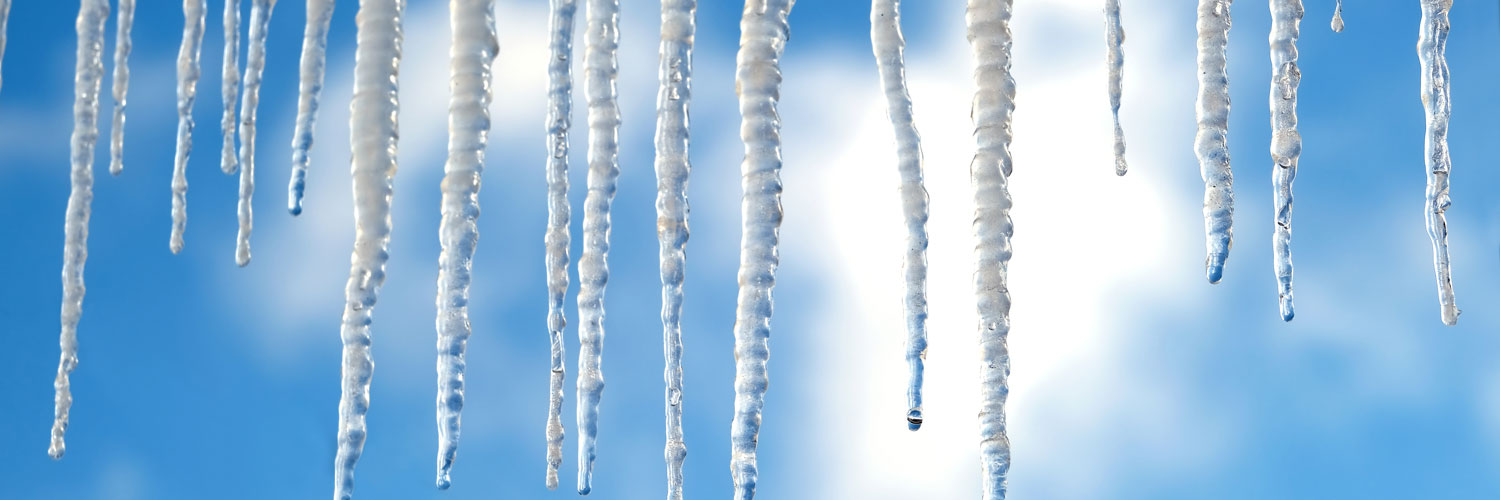Frozen pipes are a common wintertime hazard, especially during sustained periods of bitter cold (a phenomenon we’re quite familiar with in good ole Indiana). Identifying the factors that lead to frozen pipes and addressing them before disaster happens (burst pipes are NO FUN) can save you time, hassle, and money.
Although most plumbing systems can take below-freezing temps in stride, when the temp really drops ice can form inside the pipes, leading to dangerous pressure. When the mercury begins to sink, you can do a few easy things to help prevent freezing:
- Allow faucets to drip a bit. This keeps air and water moving through the pipes and alleviates pressure. If the sound of a dripping faucet drives you bonkers, tie a string to the faucet head, and allow the drip to travel to the drain in blessed silence.
- Open up the cabinets under sinks on exterior walls, so the heat can flow in and warm the area around the pipes.
- Know the red flags. If your water flow has suddenly slowed to a trickle, you may have a problem. Take a look at your pipes—if there’s frost on them, warming things up pronto is in order.
- If you know certain pipes are predisposed to freezing, there are further steps that can be taken to avoid future soggy catastrophes. Speaking with a plumber is your best bet to come up with effective solutions.
